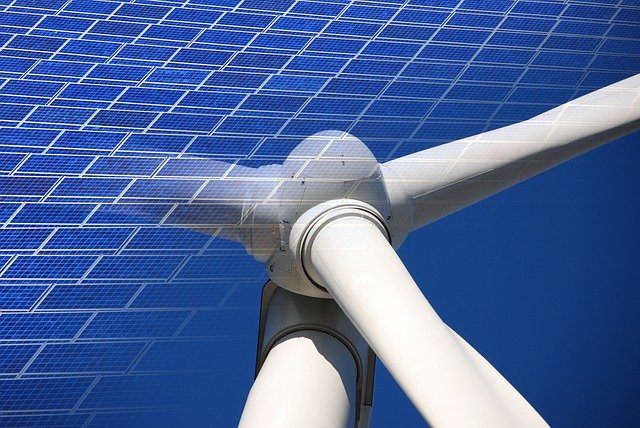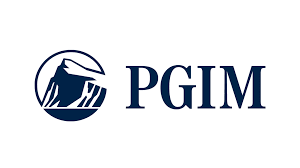
New energy landscape offers opportunities and hidden risks across a variety of sectors and asset classes, according to new research from PGIM
London, June 11, 2024 , (Oilandgaspress) –A surge in power demand fueled by artificial intelligence, the growing energy demands of a rising middle class in emerging market economies, rising geopolitical tensions, and the push to decarbonization are combining to dramatically reshape the global energy system. For investors, this new energy landscape offers both opportunities and hidden risks across a variety of sectors and asset classes, as well as wide-ranging portfolio implications, according to new research from PGIM, the $1.3 trillion global investment management business of Prudential Financial, Inc. (NYSE: PRU).
In “Fueling the Future: Investing Across the Global Energy Landscape,” the latest in PGIM’s Megatrends research series, 30 investment professionals from across PGIM’s fixed income, equity, real estate, and private alternatives managers lift the veil on their investment strategies amid the shift toward electrification and a low-carbon energy mix.
The research finds that despite the urgency of the Paris Climate Agreement and ambitious plans for green energy growth, the energy transition cannot happen everywhere all at once, and a simplistic strategy that divides the investment world into “brown” villains and “green” heroes will not be an effective approach to achieve environmental or fiduciary objectives.
“No source of energy and electricity is perfect,” said Shehriyar Antia, PGIM’s head of Thematic Research. “Whether an investor has decarbonization objectives or not, it’s critical they understand which companies will power us through the energy transition and which technologies may not live up to the hype.”
INVESTING IN ENABLERS OF THE ENERGY TRANSITION
Through each evolution of the energy system, legacy fuel sources have been supplemented, rather than completely replaced. Companies that supply, facilitate and adapt throughout the transition will offer the best investment opportunities:
Critical components for renewable power infrastructure – Renewable power generation is soaring in every region. The global need for complementary infrastructure — like power storage and transmission — should drive demand for critical metals like copper and grid components. Additionally, emerging markets where renewables are just taking off, like India and Latin America, can present opportunities.
Leaning into lower-carbon fossil fuels – There is a need to meet rising demand for energy while renewable power infrastructure is being built. Natural gas — especially where it displaces high carbon-emitting coal — is a key fuel source in this transitionary period. Indeed, global demand for liquid natural gas is expected to grow by over 50% by 2040 as the coal-to-gas transition expands in China and South Asia.
Avoiding overhyped technology – Some speculative green technologies like hydrogen power, nuclear fusion and carbon capture hold great promise but face immense challenges to operationalize and scale in the near term. Furthermore, trendy green tech startups are not likely to displace incumbent global energy players. In fact, some research suggests traditional energy firms may actually be leaders in select areas of innovative green tech.
‘Big oil’ adaptors – Oil majors that are leaning into the energy transition — finding ways to remain energy providers regardless of what the primary energy sources might be — are more likely to emerge as winners. Peers that rely on the extended sunset of fossil fuels, meanwhile, run the risk of being rendered obsolete by efficiency gains and better infrastructure in renewables.
OPPORTUNITIES ACROSS THE GLOBE
Renewables have increasingly become the first choice for new power generation around the world. However, the energy transition is playing out at different paces in different places:
Debt opportunities in mature markets – Across renewable power projects in Europe and the U.S., there may be better opportunities in debt rather than equity, as debt financing tends to be less plentiful.
Hydro and geothermal projects – These projects typically face less competition and obsolescence risk than wind and solar projects, and their debt can be very attractive — specifically recapitalization of hydro projects in Scandinavia and Italy — as well as rebuild of legacy infrastructure in Chile, Peru, Brazil, and other parts of Latin America.
Renewable power in emerging markets – India is already the world’s fourth-largest electricity consumer and third-largest renewable power producer. In this landscape of incredible growth, companies with a track record of execution on large-scale projects and relationships with local regulatory authorities can be attractive.
Critical metals – Metals and minerals are key to renewables and their infrastructure. For example, Australia, which supplies about half of the world’s raw lithium, is expanding its capacity to process and export battery-ready minerals.
Information Source: Read More
Oil and gas press covers, Energy Monitor, Climate, Renewable, Wind, Biomass, Sustainability, Oil Price, LPG, Solar, Marine, Aviation, Fuel, Hydrogen, Electric ,EV, Gas,


